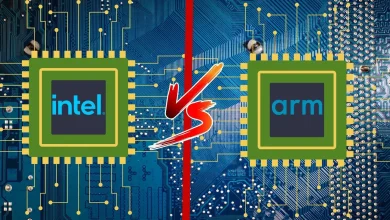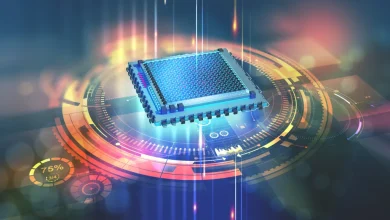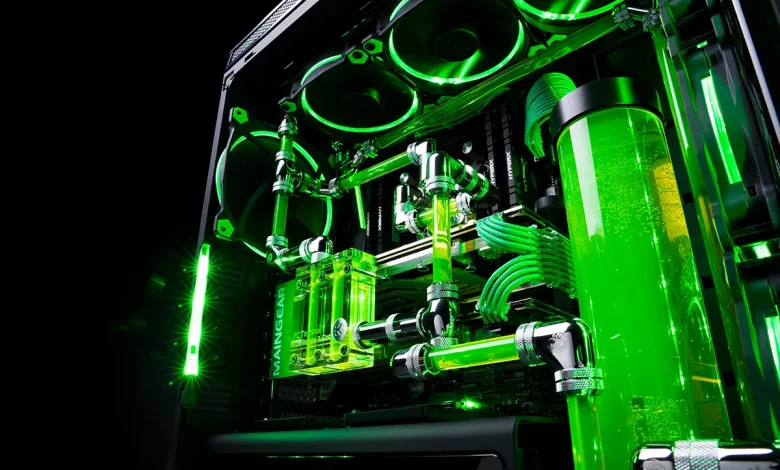
Is Liquid Cooling the Future of Personal Computers?
The growing shift toward liquid cooling is transforming personal computing, offering unmatched efficiency and performance advantages.
As computing power surges, traditional cooling methods are struggling to keep up. Liquid cooling is quickly gaining traction as the next frontier in thermal management for personal computers. Unlike air-based systems, liquid cooling uses fluids to absorb and disperse heat more effectively, enabling quieter performance, longer hardware lifespan, and better thermal regulation—especially critical for gamers, content creators, and AI developers.
Driven by innovations in high-performance GPUs, compact PC builds, and data-intensive applications, liquid cooling systems are now seeing wider adoption beyond the enthusiast market. Companies and individuals alike are realizing the value of keeping temperatures low without ramping up fan speeds or noise levels.
Key Trends Pushing Liquid Cooling Forward
The market for liquid cooling solutions is undergoing explosive growth, with an estimated value jump from $5.1 billion in 2024 to $37 billion by 2032. Behind this surge lies the increasing need for reliable cooling in AI-driven data centers, cloud computing infrastructure, and crypto-mining farms—all of which generate significant heat. Innovations like AI-regulated thermal systems and non-conductive coolants are helping optimize cooling while lowering risks.
Geographically, North America leads with a 40% share of the global liquid cooling market, fueled by early tech adoption and enterprise-level investments. Meanwhile, Asia-Pacific is emerging as a major growth hub, thanks to expanding gaming sectors and digital infrastructure in countries like China, Japan, and South Korea.
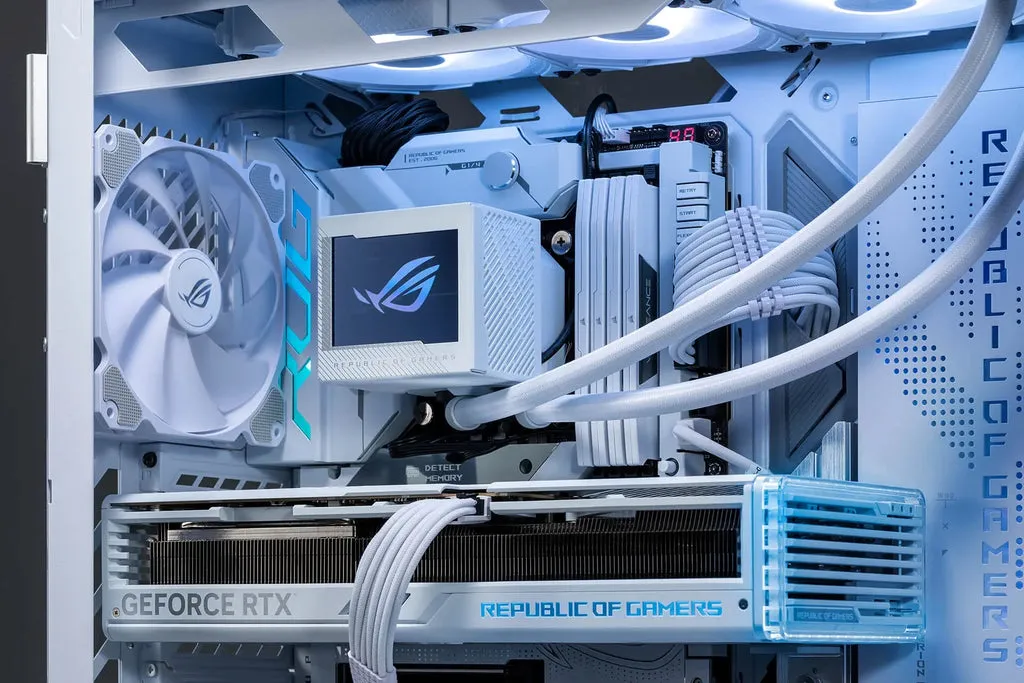
Technological Innovations Reshaping the Landscape
Closed-loop and modular designs are transforming how users install and manage liquid cooling systems. These plug-and-play solutions reduce the need for complex setups and maintenance, making them more appealing for mainstream users. Smart integrations with IoT and AI further elevate their appeal by enabling real-time monitoring and predictive maintenance.
Tech giants like Vertiv and Cooler Master are also driving innovation. Recent product launches include AI-controlled coolers that adjust flow rates dynamically based on thermal loads. These advancements point to a future where liquid cooling becomes not just an upgrade—but a necessity for high-end computing tasks.
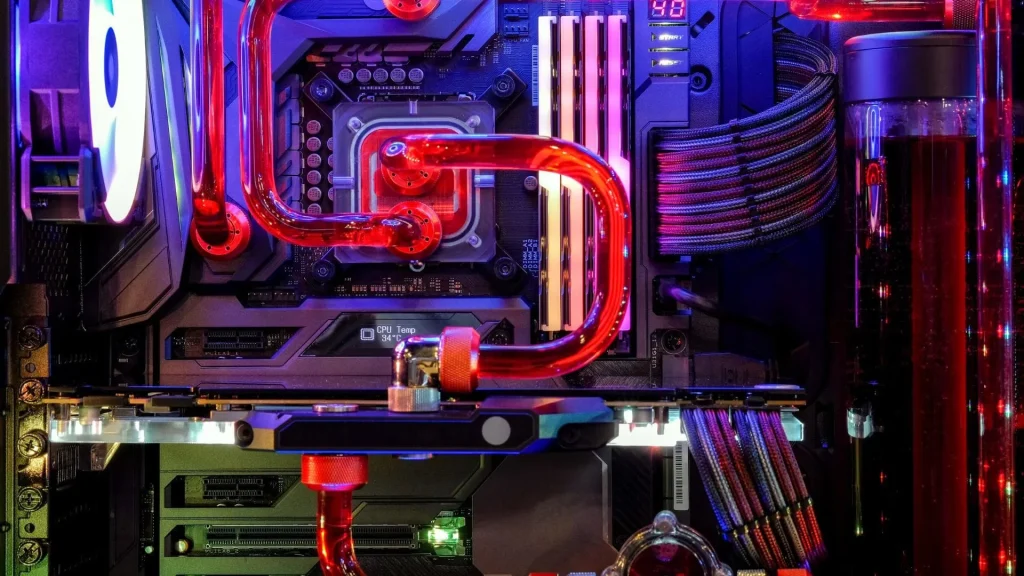
Opportunities and Challenges for Wider Adoption
While the benefits are clear, challenges remain for liquid cooling to become a PC standard. High upfront costs and the need for technical knowledge in installation and maintenance often deter average consumers. System leaks, coolant degradation, and component compatibility are additional hurdles that need addressing for mainstream acceptance.
However, growing demand in data centers, 5G infrastructure, and edge computing is shifting the landscape. In 2024, nearly 45% of all revenue in the liquid cooling sector came from the data center segment alone. This rising reliance on efficient cooling for dense computing tasks signals a future where such technologies become indispensable.
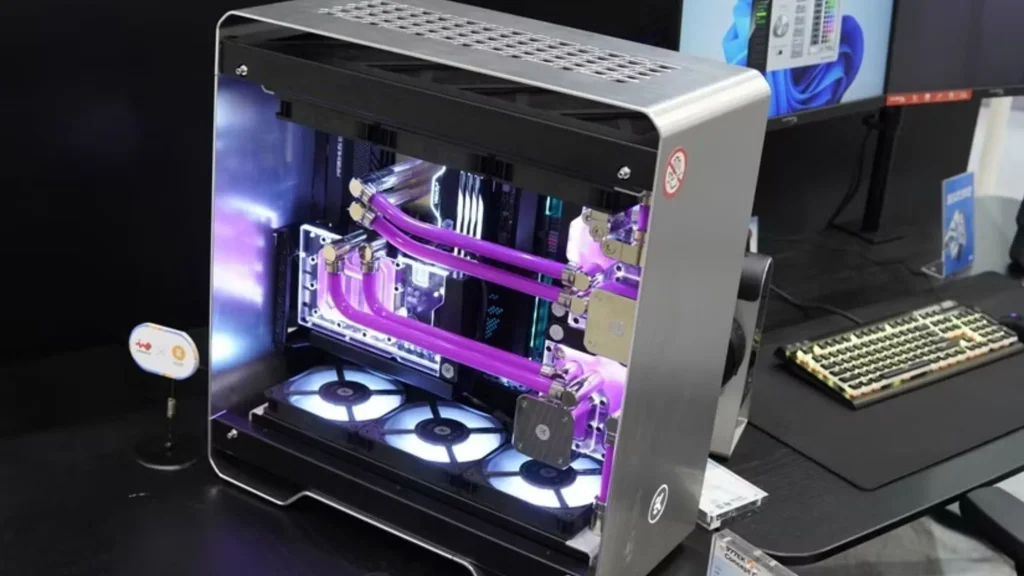
Will Liquid Cooling Go Mainstream?
Looking ahead, liquid cooling is positioned to evolve further through AI-enhanced automation, eco-friendly coolants, and more accessible pricing. As sustainability becomes a central focus, manufacturers are investing in closed-loop systems and biodegradable fluids to reduce environmental impact.
Gaming, AI research, and cloud services will continue to push thermal limits, making traditional air cooling less viable. If costs drop and reliability improves, liquid cooling could very well become the go-to standard for future personal computers.

